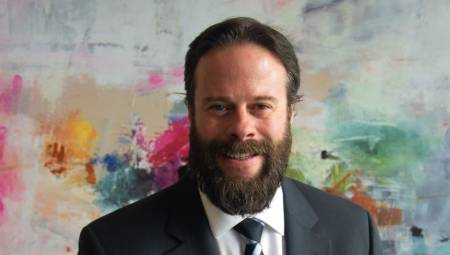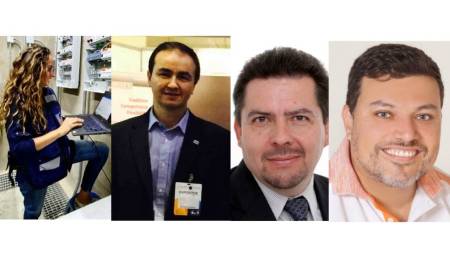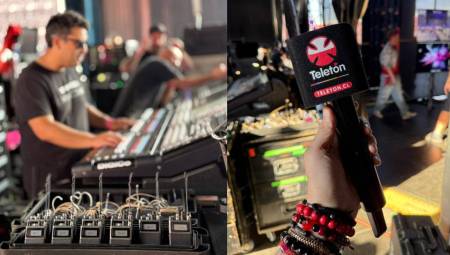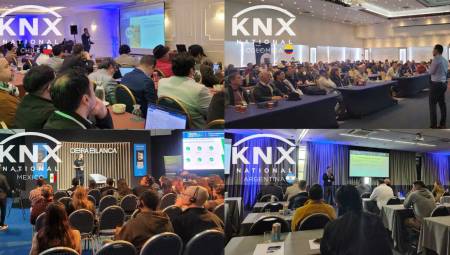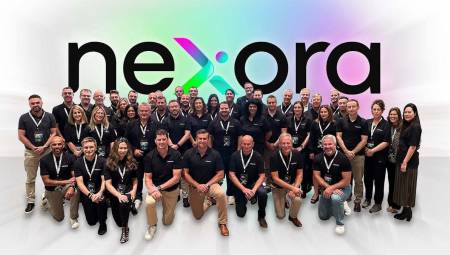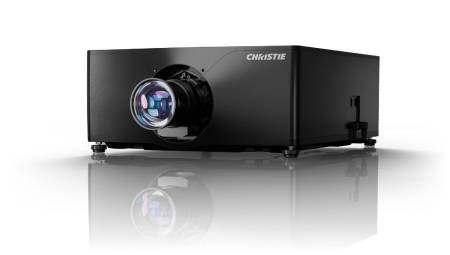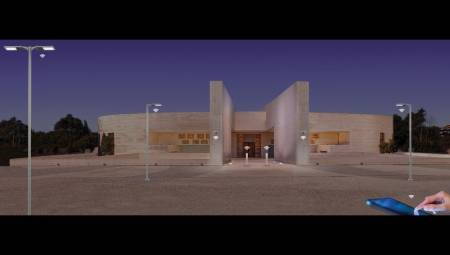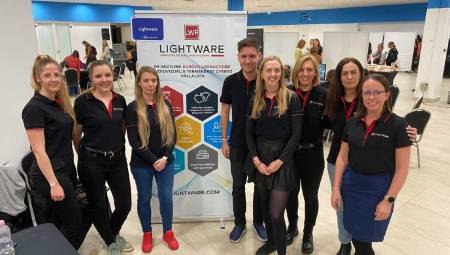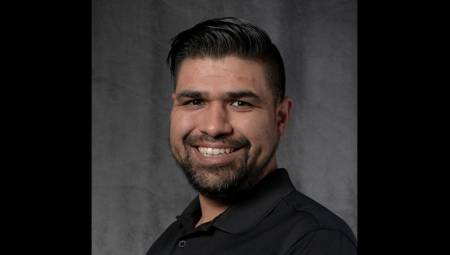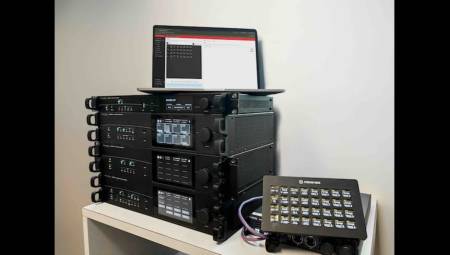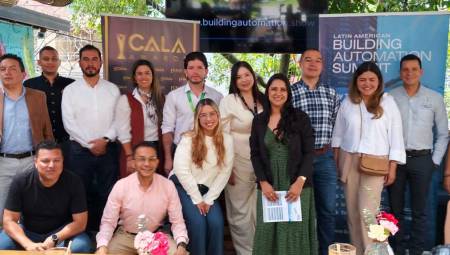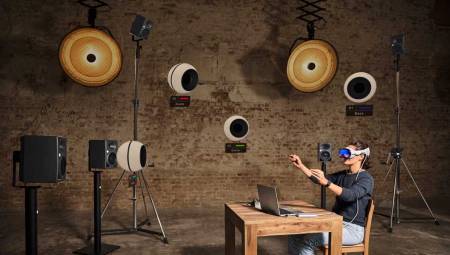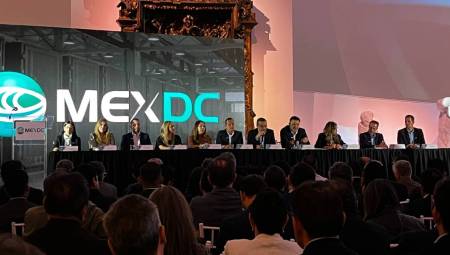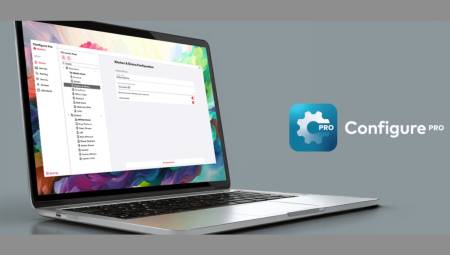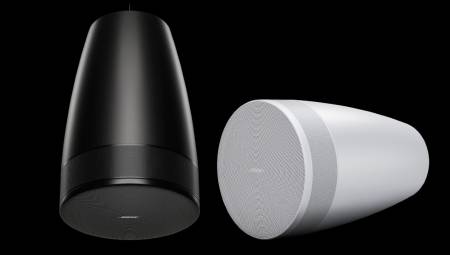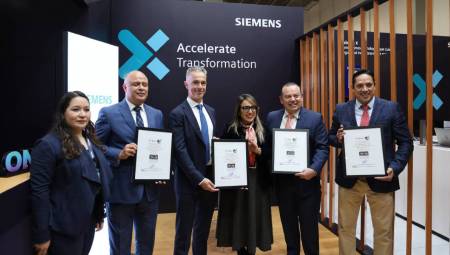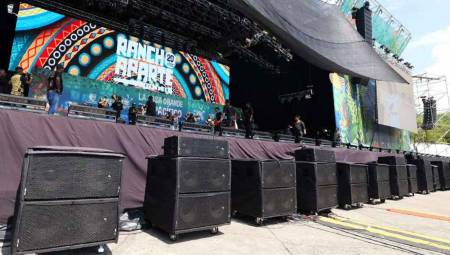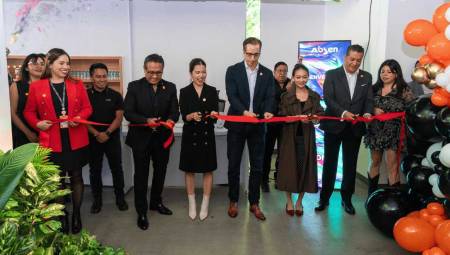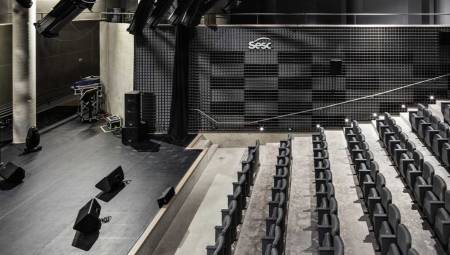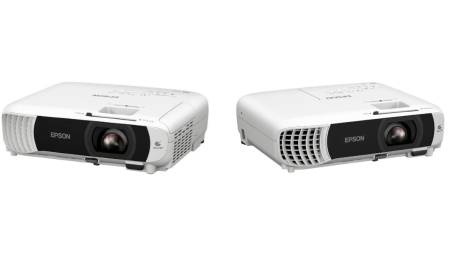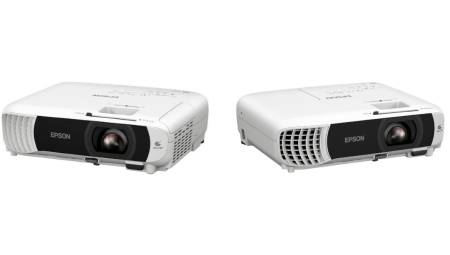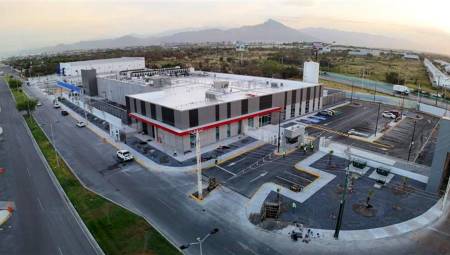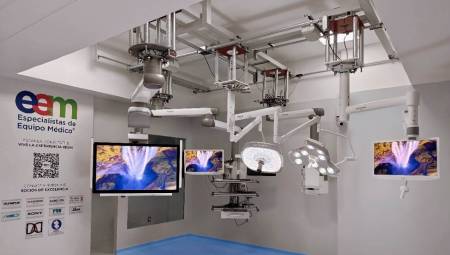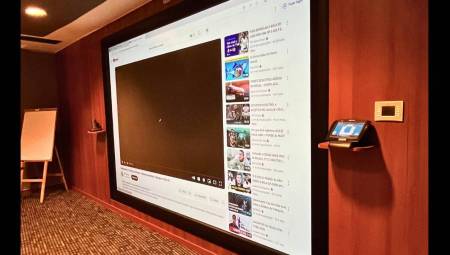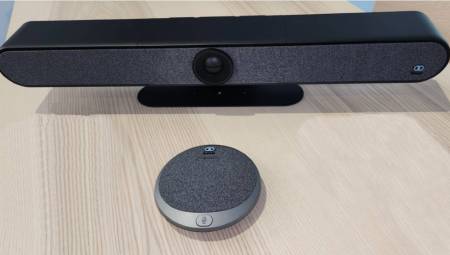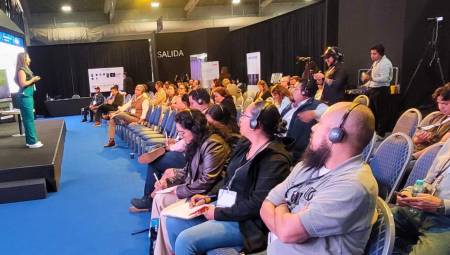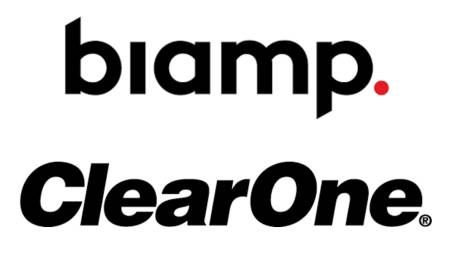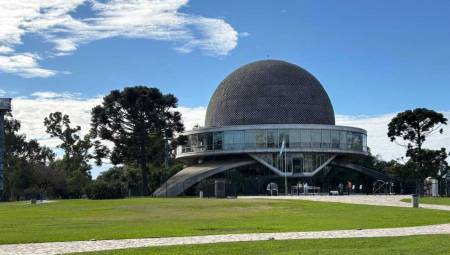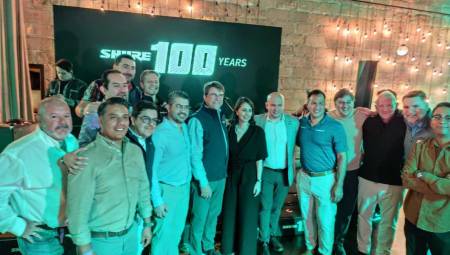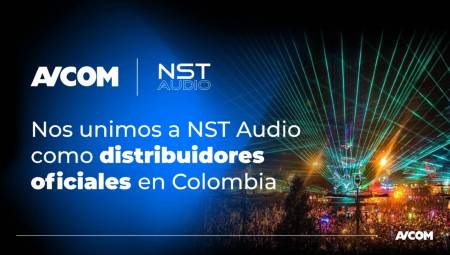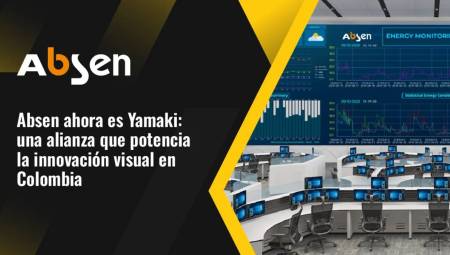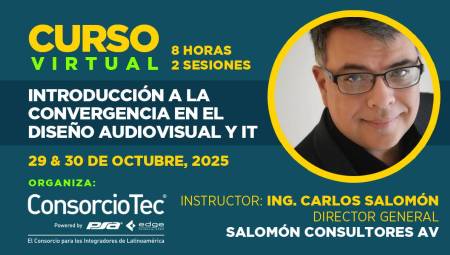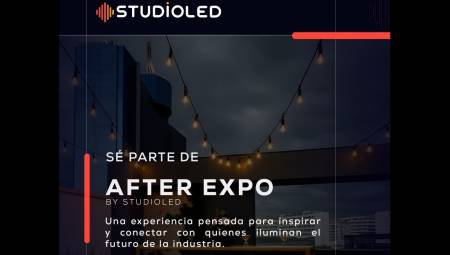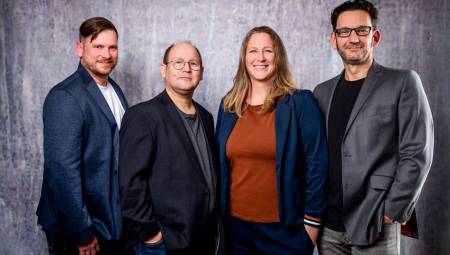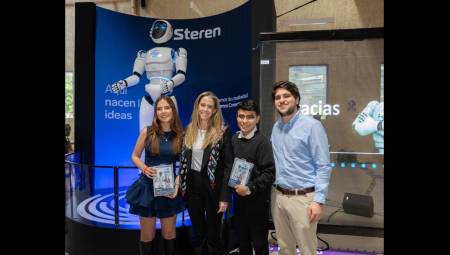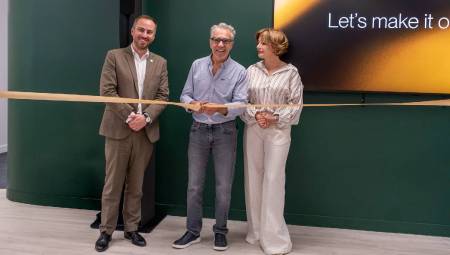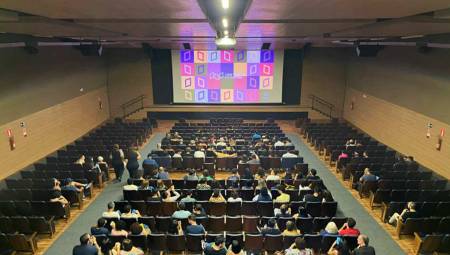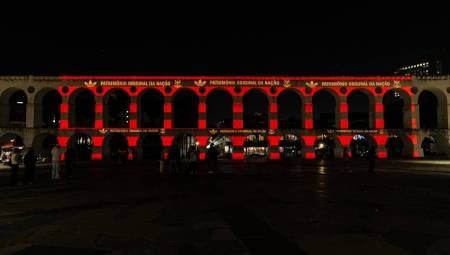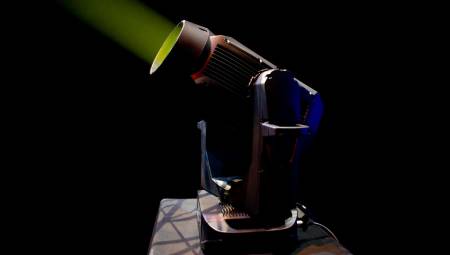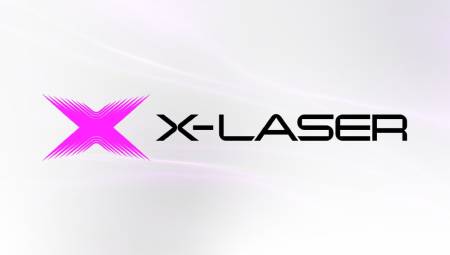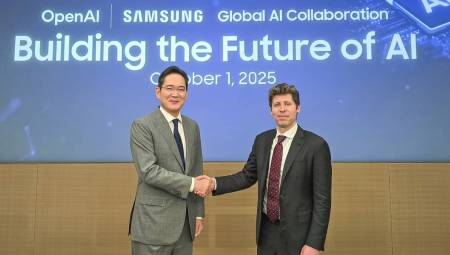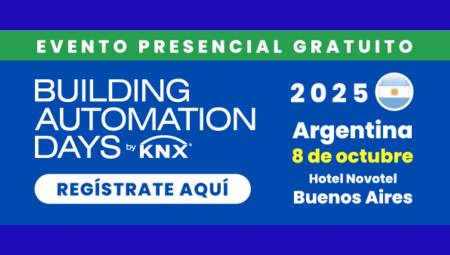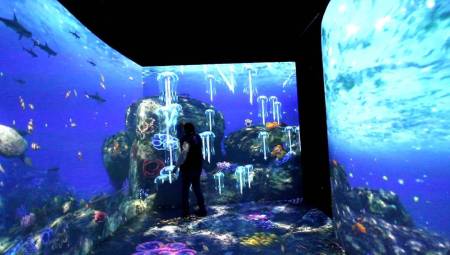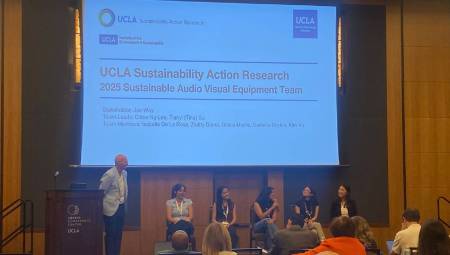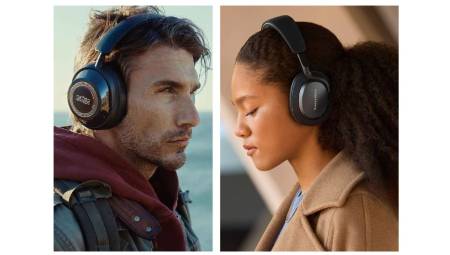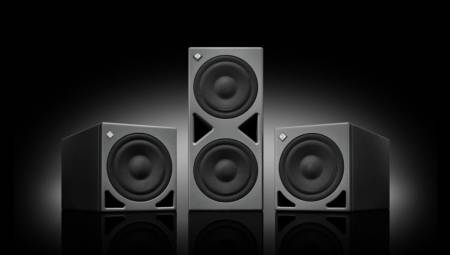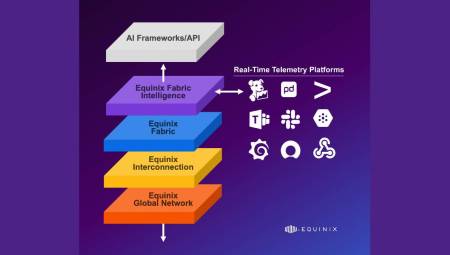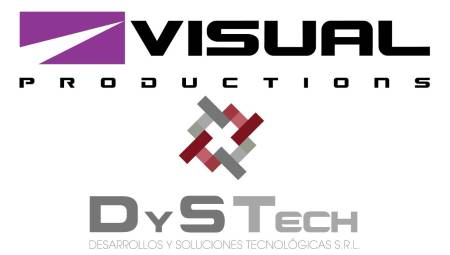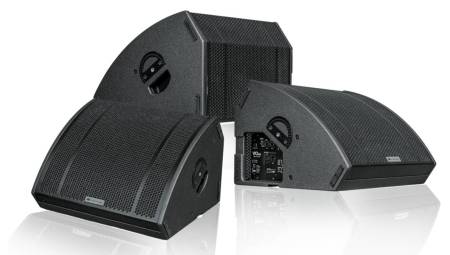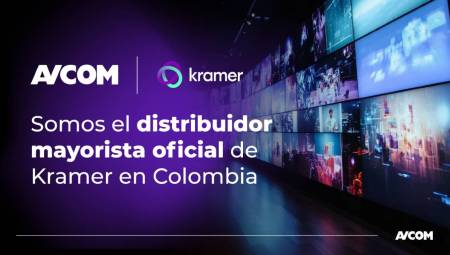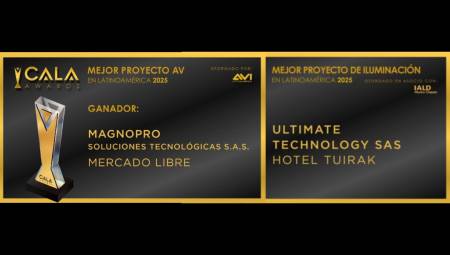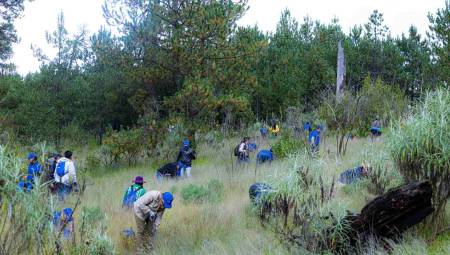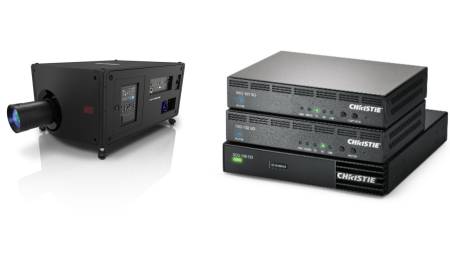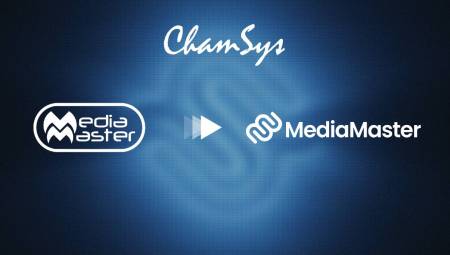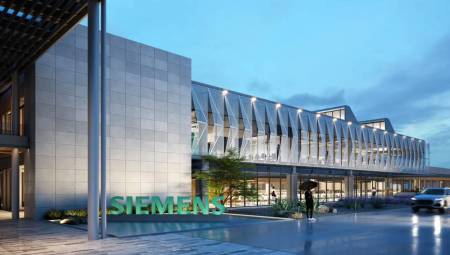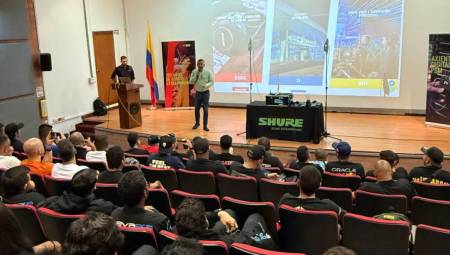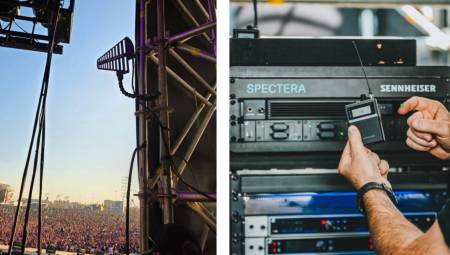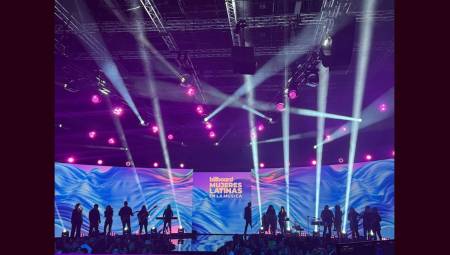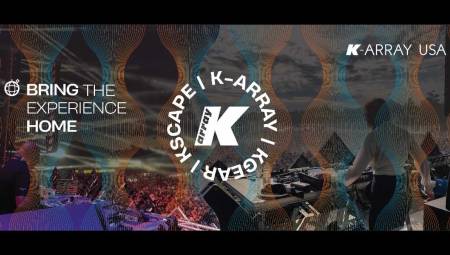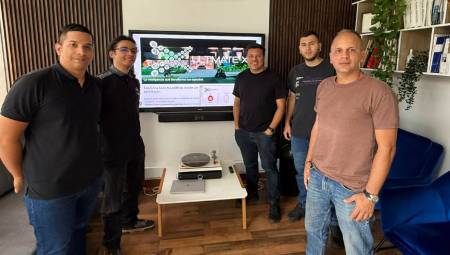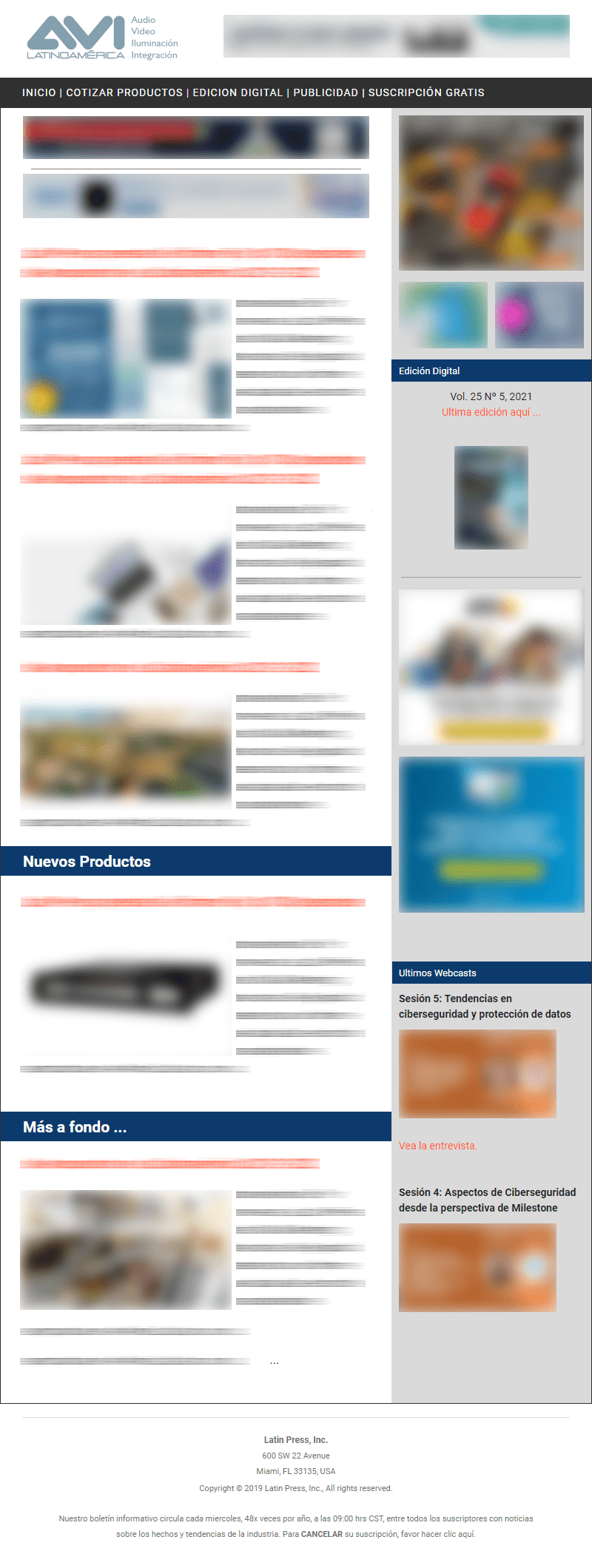 New concepts of education such as the "Flipped Class Room" or flipped classroom and collaboration, associated with the habits and desires of users of different generations bring great challenges to professionals in the audiovisual industry.
New concepts of education such as the "Flipped Class Room" or flipped classroom and collaboration, associated with the habits and desires of users of different generations bring great challenges to professionals in the audiovisual industry.
Carlos Dalmarco*
User experience is a chapter of the book Marketing 4.0 written by respected author Philip Kotler in 2017 and also the main concept in the change of the name from InfoComm to Avixa- Audiovisual and Integrated Experience Association, making it an important topic also for the audiovisual industry.
Before addressing the user experience in the educational environment, we must understand the role of AV technology in this market and in so many others in which we operate, which is the facilitator of communication. The technology we offer, as sophisticated as it is, always has this goal: to provide resources to assist in communication between people in their various activities, from leisure to work, and through education.
Another important definition is to identify users and, from there, understand their expectations in the use of technology. Going back to the education market and the classroom, we have two important users: students and teachers. We must also consider the other "stakeholders", such as the people responsible for supporting AV systems and also the shareholders who are investing in these resources. Everyone has expectations regarding AV systems, and they are not always the same.
By marketing concepts, we can classify users into 3 large groups, according to the year of birth. This classification is not precise since the consumption behavior of these groups changes for a few years between the reference dates.
• Generation X, born from 1960 to the end of the 70s, currently aged between 38 and 59 years. They are the "digital migrants".
• Generation Y or Millennials, born from 1980 to the mid-90s, so today they go with ages between 23 and 39 years. It is the generation of the Internet.
• Generation Z, or GenZ, born from the mid-90s to 2010. They are the "Digital Natives" and are now between 8 and 24 years old
Studies from the Future Foundation Millennials Study, SDL Millennials Study, Mellennial and MindMiners groups show some interesting characteristics of these groups: 90% of Millennials are on social media and check their smartphones on average 43 times a day. Millennials consider having a smartphone to be as important as having a health plan.
Another interesting topic is that Millennials have a different concept of the word "know" and understand that it means the same thing as having access to information, they learn from their fingers. This concept is very important when we think about BYOD and AV technology in the classroom.
New concepts of education such as the "Flipped Class Room" or flipped classroom and collaboration, associated with the habits and desires of users of different generations bring great challenges to professionals in the audiovisual industry. Let's look at the scenario: students in a room working in groups, each with their BYOD device, each group with their screen, eventually connected to someone or another remote group. All this coordinated by a teacher who should see the content of all the groups and manage the exchange of information (images and audio) and the collaboration between the different groups, including those that are connected remotely. Did you visualize the problem? If I were generation Y or Z I would close this paragraph with an emoji?.
Another scenario: internet-connected smartphones have transformed content consumers into content producers and this must also be on the radar of educational institutions. Students, teachers, schools and third parties produce multimedia materials that must be managed and shared, often live. This is a new challenge and also an opportunity for VA professionals.
Keep in mind that students, predominantly generations Y and Z, live with these multimedia resources in their everyday lives and expect all of this to just work, always and smoothly.
Teachers, in turn, are focused on teaching and the content they must transmit to their students. They consider technology as a support resource and not as an extra challenge for their activities, they need it easy to use and reliable.
The people on the support team must ensure that everything works, providing the maximum possible availability of AV systems, with rates above 90% by IT standards. What is the impact when a 50-minute class is interrupted for half an hour for the projector to work? Think...
We cannot forget the shareholders, who invest in technology to attract and maintain their target audience: the student. Generating a good classroom and campus experience is the expected result to ensure the profitability of your investment.
The good news is that today we have the resources to meet the expectations of users in the education sector and many other sectors of the economy. The distribution of audio and video over IP definitely puts all the resources on the network, local and internet, allowing to raise the concept of content distribution to a new level.
Storage and communication and collaboration software in the cloud allow institutions to incorporate these resources with a substantially lower investment than what was required a short time ago.
As far as hardware is concerned, we have increasingly "connected" and "friendly" products, allowing for intuitive, reliable and easy-to-use systems. The possibility of remote support reduces costs and increases the availability of systems.
Providing a good experience to users in a classroom is a very important challenge. Basically, we are using the same method of transmitting knowledge for hundreds of years: slate and chalk. However, the internet has changed our relationship with knowledge, smartphones have begun to "be part" of our body and allows us a direct connection with an unimaginable amount of information.
The new generations have been born connected and require a teaching experience aligned with their reality and expectations. Attention: this is not optional for educational institutions.
*Carlos Dalmarco is a consultant in AVI & Business technology. You can contact him at [email protected] and +55 (11) 9 7286-8442.






